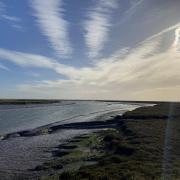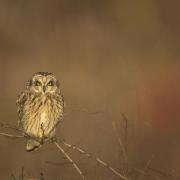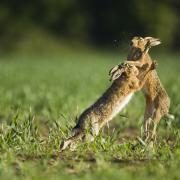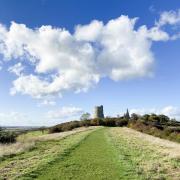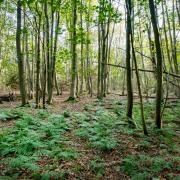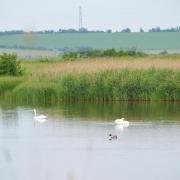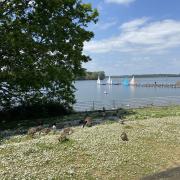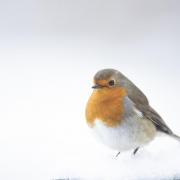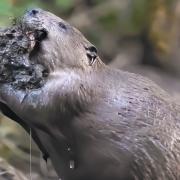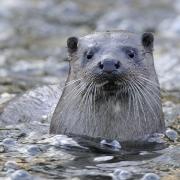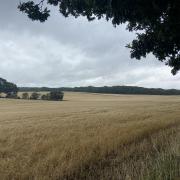Find out more about the county’s bird life from the RSPB each month

Lapwings are a charming and well-dressed wading bird, with a waistcoat of white adorning iridescent black, dark green and purple feathers. Also known as the pee-wit, because of their delicate high pitched call, they are resident to most of the UK throughout the year. They show particularly well in the spring time, after separating from their winter flocks to return to breeding grounds.
A male will display with a beautiful song flight; rolling, diving and singing to make his presence known to rival males and potential mates. Lapwings are such characters and it’s wonderful to watch them rise and fall in the sky. While nesting, lapwings choose spring-sown crops or rough grazing land with a body of water nearby. This allows for optimum viewing of their surroundings when incubating eggs, as well as providing them with the best possible opportunity to guide their chicks to water to forage on invertebrates once they have hatched. Lapwings tend to lay three to four eggs and spend around 26 to 28 days incubating them. Once hatched, the parents lead the chicks to the rearing habitat. This journey can be hazardous and having to travel further greatly increases the risk of chick mortality.
They could be taken by a predator or more likely succumb to the elements as their downy feathers make them vulnerable to cold and wet weather. Parents will stay with their young in a family group until they can fly, at around five to six weeks old. Lapwings will only raise one brood a year, but if unsuccessful they may try up to four times in a season.
At RSPB South Essex, lapwings can be seen in good numbers at several reserves, including Bowers Marsh, Vange Marsh and West Canvey Marsh. They have been known to breed very successfully on these sites too. However, this good fortune does not represent the struggle this species has faced throughout the UK in recent years. The lapwing has been given a red status, therefore considered of the highest conservation priority due to a staggering 80% drop in the species numbers since the 1960s. This is largely due to changes in farming practices reducing the availability of suitable nesting and rearing habitat.
Although all is not lost, it is possible to combat the issue with sympathetic farming methods, such as creating a mosaic of spring sown crops and grassland, managing grazing pasture and maintaining damp areas on unimproved grassland. Agri-environment schemes in each part of the UK provide grants to help landowners manage their land to help lapwings.
If you want to see lapwings but have never visited any of the RSPB reserves, why not pop to the RSPB South Essex Visitor Centre and Wildlife Garden in Wat Tyler Country Park, Pitsea? The friendly team can tell you how to get to the reserves and what else you could see out and about on a peaceful walk in these natural surroundings. Find out more at www.rspb.org.uk/southessexmarshes or call 01268 498620.






